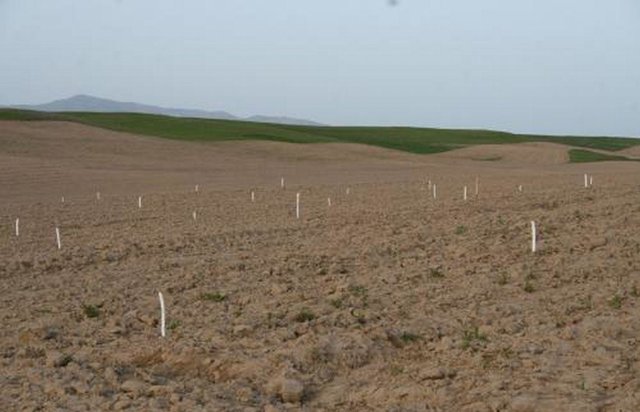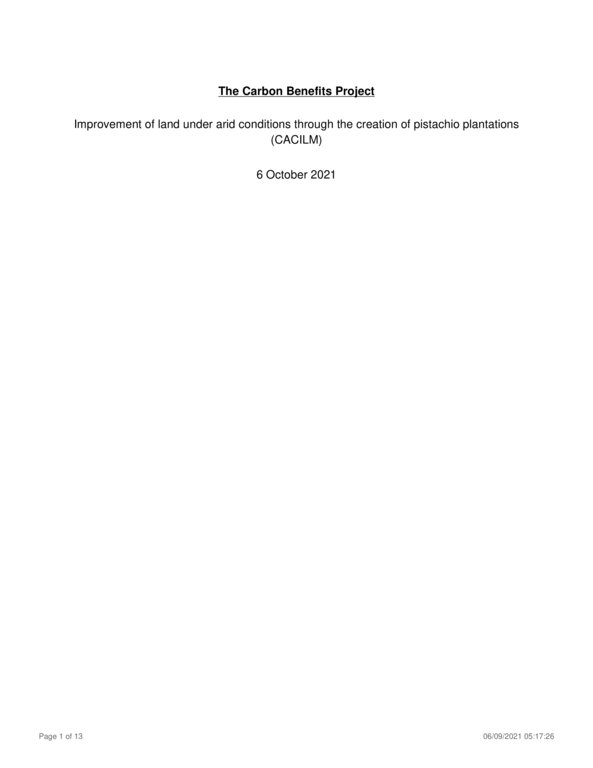CBP
Carbon Benefits Project (CBP) Summary Module
เทคโนโลยี Improvement of land under arid conditions through the creation of pistachio plantations (CACILM) (Central Asian Countries Initiative for Land Resource Management (CACILM))- ผู้สร้างสรรค์:
- การอัพเดท:
- ผู้รวบรวม: Eleanor Milne
- ผู้เรียบเรียง: –
- ผู้ตรวจสอบ: Tatenda Lemann
cbp_6145
สมบูรณ์: 100%
1. ข้อมูลทั่วไป
2. Carbon Benefits Project (CBP) Assessment
ลิงก์และโมดูล
ย่อทั้งหมดลิงก์

Улучшение земель в аридных условиях через создание фисташковых … [อุซเบกิสถาน]
Создание плантаций фисташки на пологих склонах для повышения производительных функций земли, предотвращения деградации и восстановления ландшафтов предгорной аридной зоны
- ผู้รวบรวม: Rustam Ibragimov
โมดูล
ไม่มีโมดูล


